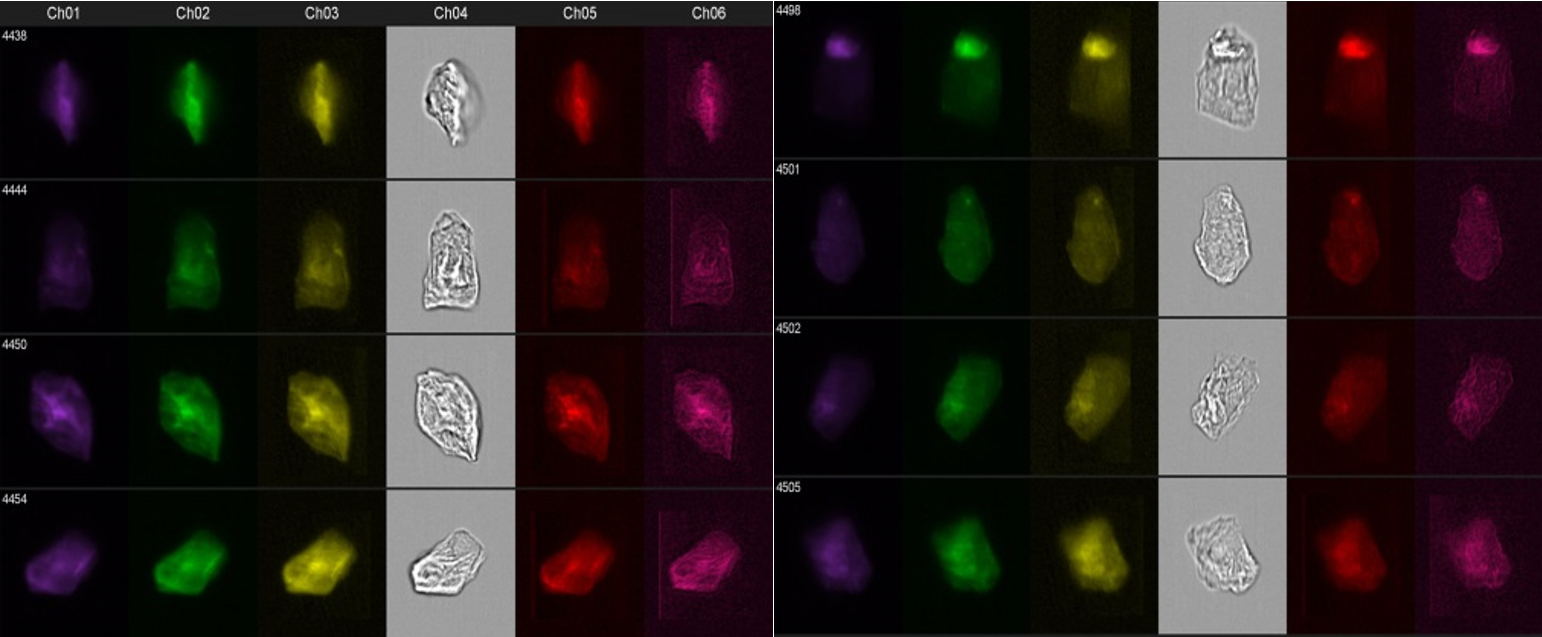Forensic science
Cell Type Identification
Predictive framework cell identification
Virginia Commonwealth University researchers developed a novel technique for determining cell type and phenotypic attributes from tissue samples. Laboratories could use this technique to analyze dry samples in a rapid and non-destructive manner. The technology recovers the samples allowing for subsequent analysis such as microchemical or genetic testing. Further, each cell processed and added to the database increases the accuracy of the predictive framework.
The technology
Individual cells are imaged with flow cytometry over a range of fluorescent wavelengths. Machine learning algorithms developed from a predictive framework database then analyze each cell image. Cell type is determined based on the attributes associated for the individual cell and how they relate to vaginal, saliva, blood or epidermal cells in the database. Any existing laboratories can easily adopt this technique using standard equipment.
Forensic laboratories could utilize these learning algorithms to maximize efficiency of testing. This method applied in conjunction with standard DNA profiling techniques increases the probative value of evidence. Current forensic testing methods are unable to test phenotypic attributes of the cell such as sample age and rely on destructive techniques. VCU’s cell imaging algorithm; supports DNA profiling, separates cells from multiple donors based on cell type and donor, reduces sample processing tim and increases probative evidence value. VCU is seeking market insights on commercialization of this forensic analysis learning algorithm. We welcome interest from potential partners and licensees.

